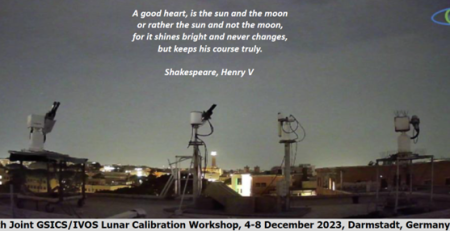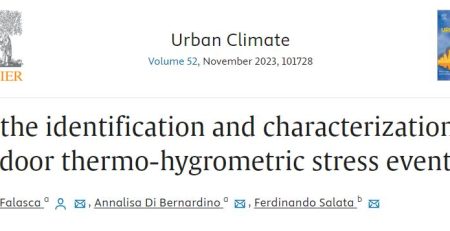BAQUNIN AERONET and Skynet retrievals comparison presented at EMS 2024
Monica Campanelli presented a comparison between AERONET and Skynet retrievals collected in BAQUNIN APL at European Meteorological Society (EMS 2024) conference held in Barcelona (Spain), 2-6 September 2024. Below the abstract of the work presented at the conference.
In this contribution, the aerosol optical depth (AOD), the single scattering albedo (SSA) and the refractive index (RI) simultaneously retrieved by measurements from a SKYNET PREDE Sun/Moon photometer (Nakajima et al., 2020) and an AERONET/PHOTONS CIMEL sunphotometer (Giles et al., 2019) in Rome (Italy) over the period 2018-2022 are compared to highlight the effect of different anemological patterns on aerosol columnar optical properties in the urban environment at different wavelengths.
The k-means clustering algorithm (Hartigan and Wong, 1979) is applied to the hourly-averaged measurements of wind intensity and direction collected by seven surface meteorological stations, permitting to discern the atmospheric circulation patterns on both local and synoptic scales based on a set of seven parameters, including the wind components during the typical time frame of onset/offset of the sea breeze. Several internal cluster validation methods are used to verify the correctness of the methodology. Four clusters are found, identifying the sea/land breeze regime with sea breeze blowing from the South-West and South, persistent north-east and South-East synoptic wind conditions, respectively. The aerosol optical properties are provided by instruments co-located at the urban site of the Boundary-layer Air Quality-analysis Using Network of Instruments (BAQUNIN, 41.90° N, 12.52° E, https://www.baqunin.eu/, Iannarelli et al., 2021) atmospheric observatory. The BAQUNIN site is particularly relevant for studies on aerosols properties as it hosts instruments from different international networks (e.g., AERONET, SKYNET, PANDONIA, EUBREWnet).
The dataset used for the SKYNET/AERONET comparison is obtained by selecting only the measurements carried out by the two instruments in a time frame in ±1min (i.e., simultaneous) and only for the days in which the daily-averaged AOD value (associated with the daily anemological pattern) can be assumed as representative of the entire day. This latter condition is valid if there is at least one measurement for each of the time slots identified by the typical AOD daily cycle (<8 UTC, 9-13 UTC, and >14 UTC).
Preliminary results show a great correlation between AOD measurements for each cluster and for each wavelength. Specifically, the AOD from CIMEL is on average slightly greater than the AOD from PREDE at all wavelengths, with the exception of 1020 nm, although the difference is always <0.02. Comparisons for the are aerosol parameters are yet under evaluation. Finally, the cluster characterized by southerly synoptic wind is associated with the highest AOD values at all wavelengths. On the contrary, the cluster with synoptic northerly wind is associated with minimum AOD values, while the clusters dominated by the sea/land breeze regime show similar characteristics, with intermediate AOD valued compared to the other clusters.
Preliminary results show a great correlation between AOD measurements for each cluster and for each wavelength. Specifically, the AOD from CIMEL is on average slightly greater than the AOD from PREDE at all wavelengths, with the exception of 1020 nm, although the difference is always <0.02. Comparisons for the are aerosol parameters are yet under evaluation. Finally, the cluster characterized by southerly synoptic wind is associated with the highest AOD values at all wavelengths. On the contrary, the cluster with synoptic northerly wind is associated with minimum AOD values, while the clusters dominated by the sea/land breeze regime show similar characteristics, with intermediate AOD valued compared to the other clusters.

















